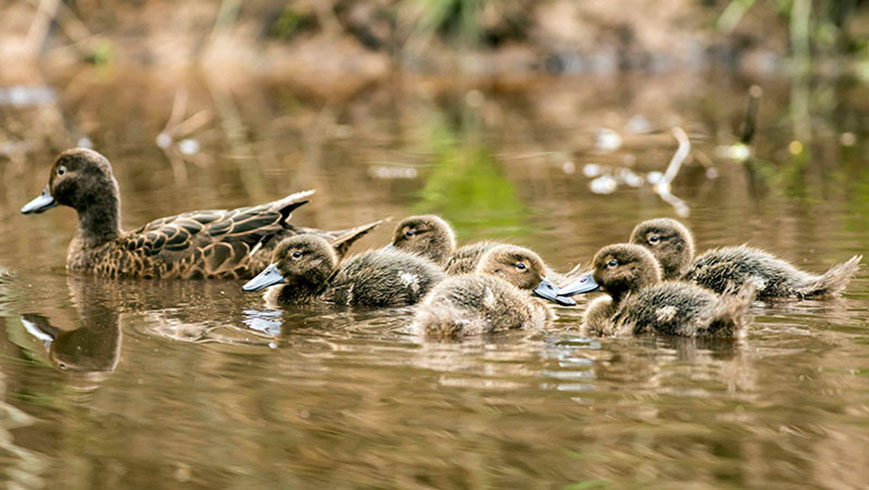Once a widespread and common duck in New Zealand, their numbers have dwindled alarmingly as a result of habitat destruction and predation. The pāteke on Northlands east coast are of special interest as they are wild born pateke that have returned to the area after being locally extinct for many years.
While kiwi often remain the iconic goal, groups are also involved in a multitude of other activities such as pateke recovery, forest health, weed control, kauri dieback prevention, reintroductions of threatened species such as robins, forest fencing and riparian planting, etc.

